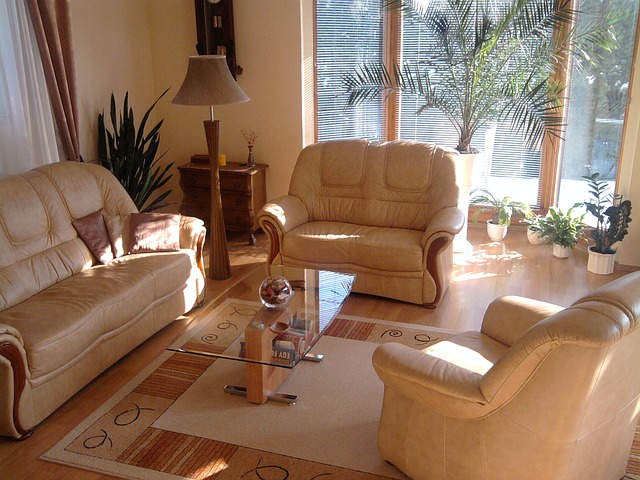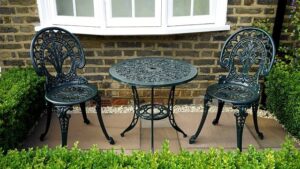Introduction
Antique furniture has a timeless appeal, and many people are drawn to its unique charm and historical significance. But who exactly buys antique furniture? In this article, we will explore the various types of individuals and groups that are interested in acquiring antique furniture and the reasons behind their purchases.
Interior Designers and Collectors
Interior Designers: Interior designers often seek out antique furniture to add character and a sense of history to their clients’ spaces. Antique pieces can provide a focal point or serve as statement pieces in a room. Designers with a penchant for eclectic or vintage aesthetics may incorporate antique furniture into their overall design concept.
Collectors: Antique furniture collectors are passionate about preserving and showcasing the craftsmanship of bygone eras. They appreciate the historical value and the stories that antique furniture carries. Collectors may specialize in a particular era, style, or type of furniture, and they actively seek out unique pieces to add to their collections.
Homeowners and Individuals
Homeowners: Many homeowners are drawn to antique furniture for its ability to add character and a touch of elegance to their homes. Antique pieces can transform a space, making it feel more inviting and unique. Homeowners may choose to incorporate antique furniture into their existing decor or create an entire vintage-inspired theme for their home.
Individuals with a Nostalgic Connection: Some individuals are drawn to antique furniture because it reminds them of their childhood or a cherished family member. These sentimental connections can be powerful motivators for purchasing antique pieces. Individuals may seek out furniture that resembles items they remember from their past or that belonged to a loved one.
Investors and Resellers
Investors: Antique furniture can be a lucrative investment for those with a keen eye for value. Investors may purchase antique pieces with the intention of holding onto them for a period of time, anticipating that their value will appreciate. They may also look for undervalued or underappreciated pieces that they believe will gain popularity in the future.
Resellers: Some individuals buy antique furniture with the intention of reselling it for a profit. They may scour estate sales, auctions, or online marketplaces to find undervalued pieces that they can restore or simply resell as-is. Resellers often have a good understanding of market trends and demand, allowing them to identify valuable pieces that can be sold at a higher price.
Conclusion
Antique furniture attracts a diverse range of buyers, including interior designers, collectors, homeowners, individuals with a nostalgic connection, investors, and resellers. Each group has its own motivations for acquiring antique pieces, whether it be for aesthetic purposes, sentimental value, investment potential, or resale opportunities. The appeal of antique furniture lies in its ability to evoke a sense of history and craftsmanship, making it a highly sought-after item for many individuals.
References
– Christie’s: www.christies.com
– Sotheby’s: www.sothebys.com
– The Spruce: www.thespruce.com
– Antique Trader: www.antiquetrader.com













